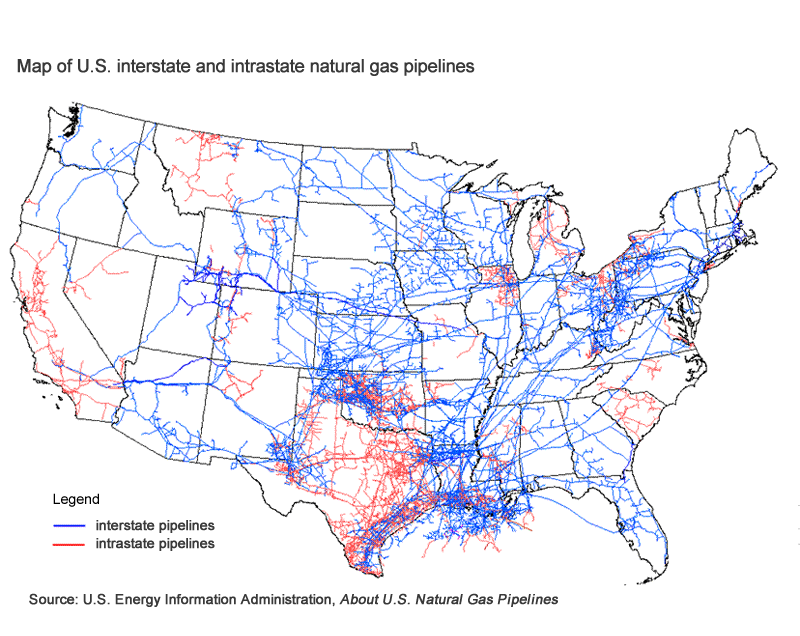If you live in New England, you have most likely noticed that the cost of heating your home has gone up significantly in recent years. There’s no mystery or confusion as to why that’s happening, though. Politicians and regulators are slowly starving the region of energy, and as everyone learned in Econ 101, scarcity drives prices higher. Roy Mathew writes in The Wall Street Journal:
“Wicked cold” doesn’t begin to describe New England’s weather this winter. In early February temperatures plunged to 42 below zero in Bar Harbor, Maine, and minus 56 and lower in towns farther north. A “long-duration nor’easter” is expected to dump more than a foot of snow on parts of the region this week, which means the heat will be on in homes from Hartford, Conn., to Burlington, Vt. While most of New England still relies primarily on oil and gas to satisfy its energy needs, power-plant closures and pipeline cancellations ensure that households and businesses are paying more for heat and electricity than they have in decades.
Multiple energy infrastructure projects have met their demise in New England in recent years, with consumers shouldering the twin burdens of higher rates and worsening emissions. The Northeast Energy Direct pipeline would have delivered 2.2 billion cubic feet of natural gas a day to Western Massachusetts and New Hampshire, helping to slash New England’s emissions. Pipelines emit 61% to 77% less carbon than other overland transport options. But Kinder Morgan, the company behind the project, spiked the pipeline in 2016 in the face of local environmental resistance.
In addition to blocking natural fuel production in the region, New Englanders also prevent the construction of new clean-energy infrastructure. Only two nuclear plants remain in the region, and supply constraints and emissions restrictions limit the future viability of several non-natural-gas power plants across New England. The closure of the Vermont Yankee Nuclear Power Station in 2014 led emissions in the Green Mountain State to increase 16.3%, while wiping out 70% of Vermont’s in-state electricity generation capacity. Pilgrim Nuclear Power Station in Plymouth, Mass., closed in 2019.
New England now depends on expensive imports of natural gas that are subject to supply bottlenecks because of the lack of pipelines. No wonder New Englanders pay nearly twice as much for electricity than the average American household.
A quick look at the map of American natural gas pipeline infrastructure explains why population-dense New England has such a difficult time supplying its residents with cheap fuel. There are few pipelines reaching the region.
Action Line: Why do politicians and activists starve state residents of energy on purpose and then blame energy companies for high prices? Your Survival Guy found out the hard way what shortages of energy can mean to customers at the far end of natural gas pipelines when the gas went out in Newport, RI. Learn from my experience, and build redundancies like wood stoves into your home heating system. Click here to subscribe to my monthly Survive & Thrive letter and learn with me.
E.J. Smith - Your Survival Guy
Latest posts by E.J. Smith - Your Survival Guy (see all)
- The Hardest Part About Losing Our Dog Louis - April 30, 2024
- The Importance of Having Bonds in Your Portfolio - April 30, 2024
- Why is the Fed Always Surprised About Inflation - April 30, 2024
- Our Dog Louis Passed Away on April 17th - April 29, 2024
- The Burger and Fry Economy - April 29, 2024















